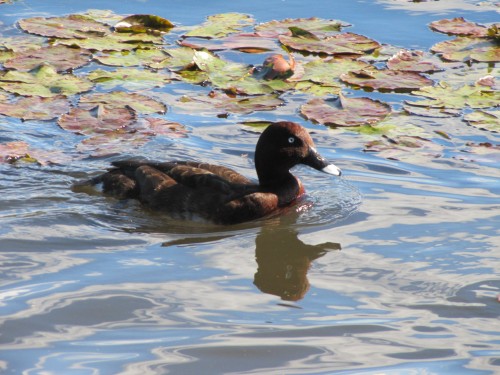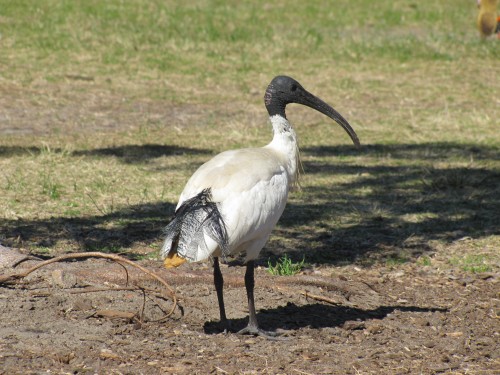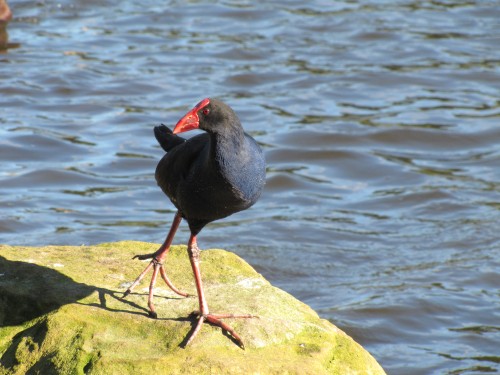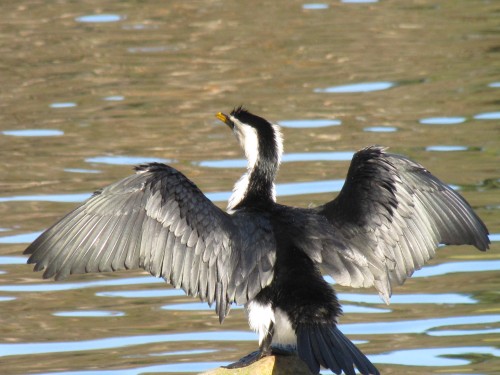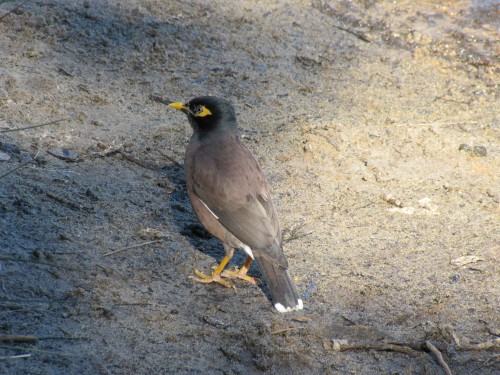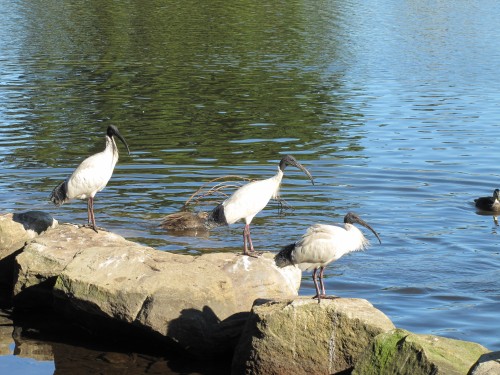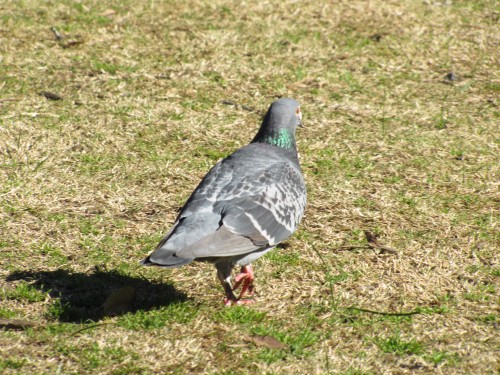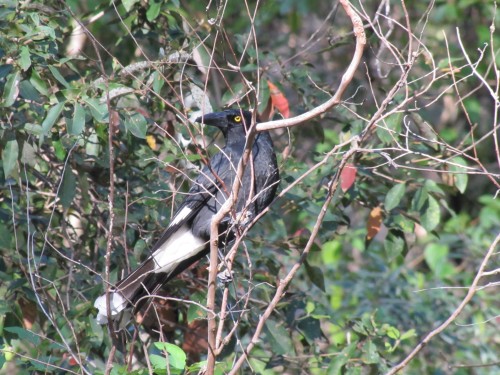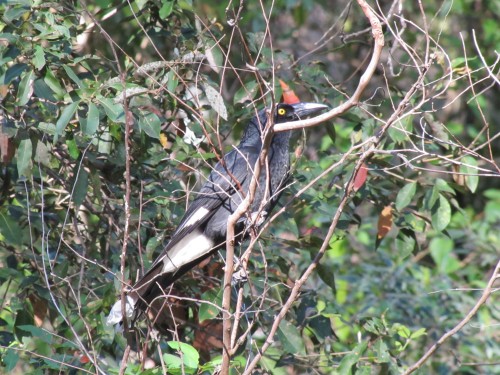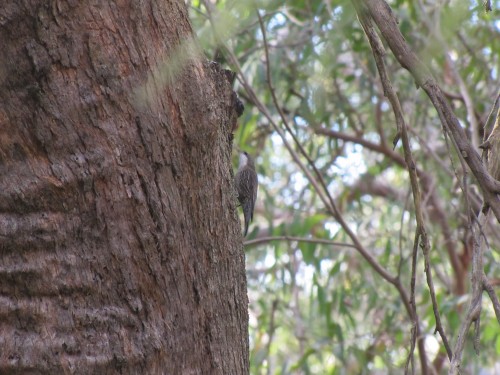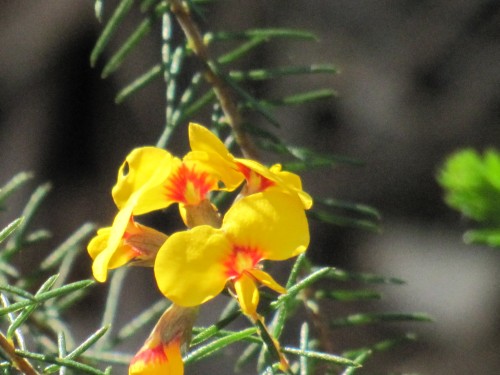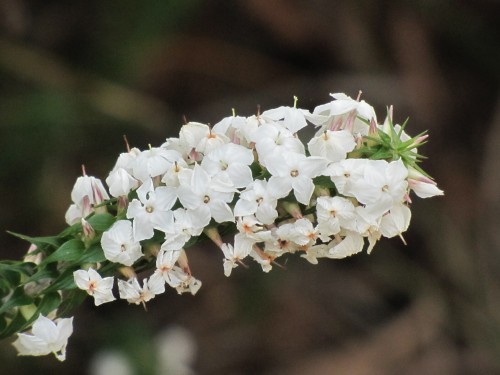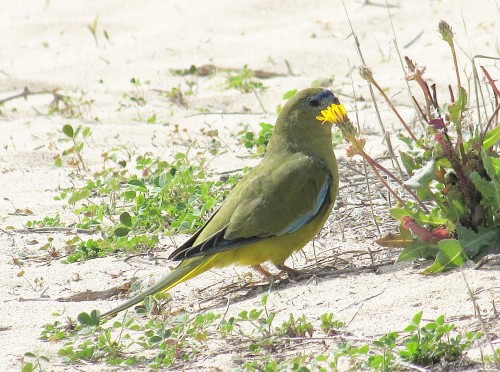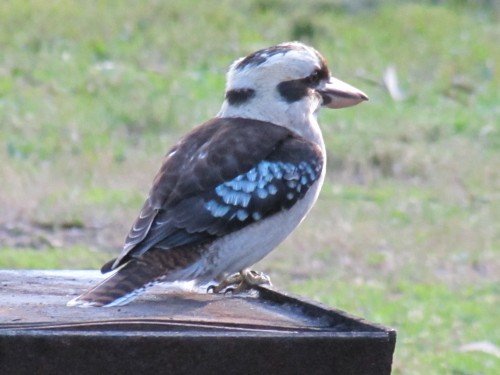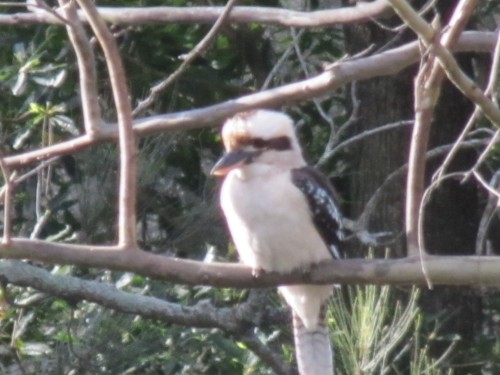Some birds of Centennial Park in Sydney
On our last day in Sydney earlier this year we went with our son and his family to a picnic at Centennial Park, south of the CBD. They were meeting with some of their friends. It was a Sunday and the weather was perfect: a bright, cloudless sky and a gentle breeze. Many other Sydney residents thought so too, and so the park was very crowded.
We had planned to meet near the playground, seeing that children made up half our number. I was on our third circuit of the road through the park when a space opened up about 100 metres from the group. I really think that Centennial Park could do with three or four decent playgrounds scattered in different sections, instead of just one tucked away in a corner with limited parking. Just saying.
As we ate our lunch and chatted I kept an eye scanning the park and the sky for birds. As the afternoon wore on I managed quite a respectable list of species. My camera was also kept handy, focussing particularly on those species which were quite at home mixing with the human visitors. Many times we had to shoo away the White Ibises and Noisy Miners attempting to raid our friends’ picnic food when they were too busy talking, or were watching the children play.
Later in the afternoon I took a short walk towards a nearby small lake. (There are about 9 of these of varying sizes.) It was here that I managed a few extra photos, mainly of water birds. It was a wonderful conclusion to four lovely weeks staying with our son and his family.
The following photos are just a sample of those taken. I’ll share more tomorrow.
Pied Currawong and that glaring eye
While we were having afternoon tea in the Lane Cove National Park in Sydney a Pied Currawong flew into a bush nearby. It stayed for a few moments before flying off again. When ever I see this species – and its cousin the Grey Currawong – I am taken by that glaring eye. It almost looks malevolent in intent.
Now it is very unscientific of me to assign human characteristics to a bird, but I can get away with it here because this doesn’t pretend to be a scientific site by any definition one cares to dredge up. I just want to share with the world my bird sightings, illustrating them where possible with photos I have taken.
Having said that, I must say that describing the currawong as being malevolent from a human point of view is not all that far from the truth. Granted – the currawong is not intentionally being nasty; it just seems that way from the viewpoint of compassionate humans – and a whole host of small birds and animals.
Currawongs eat a wide range of creatures, including smaller birds, bird eggs and nestlings, small reptiles, spiders, insects and will even steal take food at picnics, fruit from trees and garbage. All that may seem nasty and cruel to compassionate, animal-loving humans, but for the currawong it spells survival. The nestling of a honeyeater may mean the survival of the nestling of the currawong. It’s a huge, wild, nasty world out there.
And I still think its eye is rather evil.
White-throated Treecreeper
On my recent visit to the Lane Cove National Park in Sydney a spent a half hour or so slowly walking along one of the roads through the park, trying to find and photograph some of the birds present in the park. It was a rather frustrating time and although I managed to add a few birds to my list, I wasn’t very successful at getting many photos.
The above shot of a White-throated treecreeper – a poor shot at that – was the only one I can use here. So instead of returning to the car without any photos, I turned my attention to some of the flowers.
Sewage plants and parrots
What does a highway, a sewage plant and an endangered parrot have in common?
Not much if you think about it – except if the bird in question is an Orange-bellied parrot.
Although I have been birding in the places where this very rare and beautiful bird spends its winters, I have yet to observe one in its natural environment. They spend their winters along the southern coast of Victoria and the south eastern coast of South Australia, including the Coorong which is just over an hour’s drive from my home. In the summer months the little population flies over the wild and stormy Bass Strait to Tasmania where they breed.
When I say “little population”, latest counts suggest that as few as 75 individual birds exist in the wild. That is is getting perilously close to extinct.
So what about that question I posed at the beginning? To answer that question you need to read an interesting article called “A highway, a sewage plant and an endangered parrot.” One very interesting fact I learned from the article is that the Orange-bellied parrot is one of only two parrots world wide which migrate.
I don’t have a photo of an Orange-bellied Parrot – not even of one in a zoo – but below I have included a photo of a very similar species, the Rock Parrot. You will just have to imagine an orange patch on the belly!
One hot bird?
Near the end of our recent visit to the Lane Cove National Park in Sydney I saw this Laughing Kookaburra, first on a branch of a nearby tree (see below), and then on a nearby barbecue plate.
Fortunately nobody had been to that barbecue to cook their lunch that day, otherwise we would have had one very hot bird!
On a more serious note: once several decades when cooking a barbecue lunch for my family in Western Australia a kookaburra swooped out of a nearby tree and grabbed a sausage from the hot plate. I was not happy at the time, but in recent years I delight in telling this little story.
By the way, Laughing Kookaburras are not native to WA; they were introduced in the 1890s and have spread over much of south west Western Australia. On the other hand, Blue-winged Kookaburras can be found in the northern parts of WA.
Further reading:
- Laughing Kookaburra comes to lunch – an account of another kookaburra seeking human food – also in the Lane Cove National Park a few years ago.
